Scame Junction Boxes
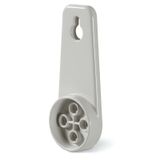





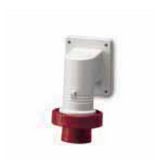
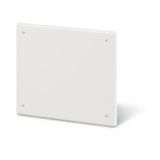
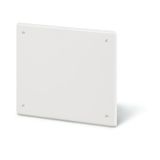



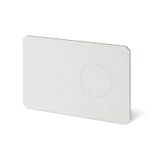
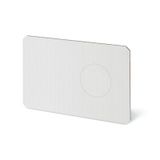
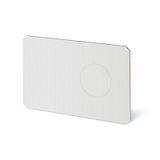


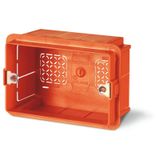
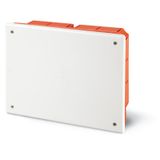
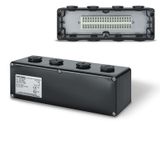



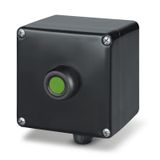
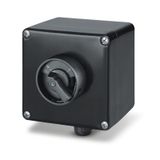

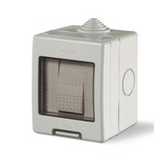

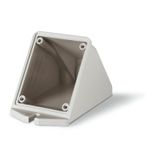

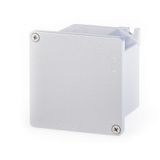
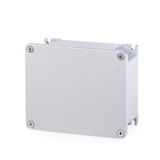
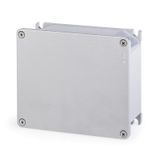
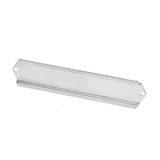


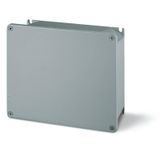
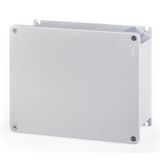
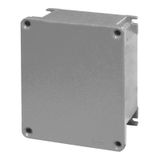
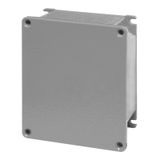


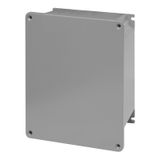

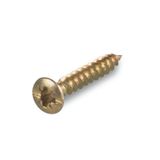
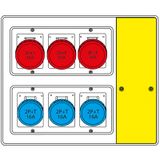
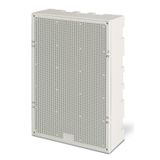
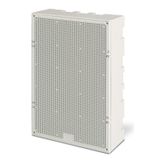
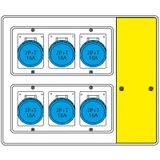
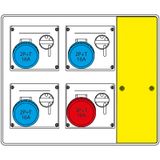
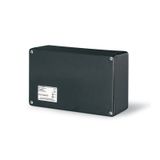



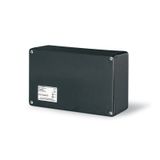
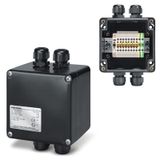
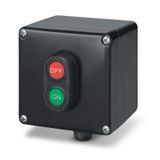
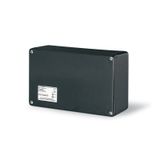


scame installation boxes for building and plant wiring
Project teams use this hardware to keep second-fix brisk and labeling tidy. Boxes land where installers expect them: 60 mm fixing centers in rooms, generous cable space in risers, and knockouts that actually match the glands on your material list. Depths run shallow for switches and deep for device clusters; lids stay flat after rework, so inspectors can pop them off and reseal without chew-up.
Scame range and series overview
The platform splits cleanly by task: wall/ceiling embedding for devices and terminations, surface mounting for retrofits and plant rooms, and empty enclosures where you need DIN gear or terminal arrays. Bodies come in halogen-free PC/ABS or glass-filled polymers with UV options for exposed areas. Accessories are shared across sizes—membrane entries, threaded reducers, cable glands, and DIN feet—so spares travel well from site to site.
scame junction boxes formats and lids
Square and rectangular bodies with M16/M20/M25/M32 knockouts cover branch joints and small control points. Choose plain lids for painted walls, hinged clear lids where routine inspection is planned, and quarter-turn fasteners when maintenance teams need speed. Captive screws won’t drop into the cavity. Inside, raised pillars keep terminals off condensation; pre-molded PE bars accept ferruled conductors without twisting.
scame flush mounting boxes fit and fixing
Drywall and masonry versions share the same module geometry, which keeps device frames aligned room-to-room. Hole saws at 68 mm make quick work in gypsum; masonry boxes use leveling slots and deep claws that bite uneven brick without cracking the rim. Side tunnels handle loop-through on 2.5 mm² ring circuits, and there’s space for cable reserve behind scene controllers and keypads.
Scame technical specifications and parameters
Electrical and mechanical Rated for typical building wiring up to 450/750 V with terminals sized to 1.5–6 mm² in outlet/switch points and up to 16 mm² in service junctions. Impact resistance up to IK07–IK08 where trolley traffic is expected.
Ingress protection IP20 in-wall; gasketed covers up to IP55/IP65 for plant rooms and wash-down corridors. Entries accept compression glands to hold the stated rating after dress.
Thermal envelope −5…+60 °C for occupied interiors; derate densely populated cavities with USB power or dimmer packs to preserve temperature margins.
Materials Halogen-free options for public interiors; UV-stabilised bodies for sun-exposed facades. Smooth interior surfaces reduce dust traps around terminals and markers.
Dimensions Single-device boxes at 60/67/75 mm deep; multi-gang frames 1–5 gang with consistent fixing geometry. Conduit stubs align to 16/20/25 mm—no ad-hoc drilling on site.
Standards kept short Boxes and device supports align to EN/IEC 60670; ingress per IEC/EN 60529. Glow-wire suitability follows IEC 60695 levels appropriate to mounting location.
Scame applications and compatibility
Office and education: embed switch and outlet boxes in 1–5 gang runs; junction bodies above ceiling grids keep lighting loops clean.
Retail and hospitality: use gasketed bodies behind sinks and in housekeeping stores; clear lids simplify RCD test logs.
Industrial support areas: pull tap-offs through reinforced entries and bond glands; mount small terminal arrays for sensors and interlocks.
For retrofits where chasing is restricted, specify scame surface boxes with side membrane entries that align to existing conduits and reduce dust during night shifts.
Scame integration with other brand products
Device geometry matches Scame wiring devices, so frames and mechanisms land flush on the first try. Industrial accessories share the same gland threads used on plugs, interlocked outlets, and compact boards; you can reuse stock without oddball fittings. Where small control gear is needed, empty scame enclosure units accept DIN rail, markers, and PE bars, keeping the visual language consistent across plant rooms and public-side cupboards.
Scame selection criteria for B2B clients
Environment Pick IP20 in-wall for dry zones; move to IP55/IP65 with gasketed lids where wash-down or dust is present.
Capacity Verify box depth against dimmers, keypads, and USB chargers; leave slack for future MAC without force-packing conductors.
Entries and glands Match knockout size to M-thread glands; confirm clamping range against actual cable OD, not just nominal.
Fixing and alignment Use leveling slots in tiled areas; keep multi-gang tolerances tight to preserve frame sightlines along corridors.
Terminations Standardise on ferrules for stranded conductors; select terminal supports that keep PE continuity visible and testable.
Logistics Consolidate two depths and one lid style per floor; pre-kit frames, lids, and glands by room type to cut second-fix time.
Advantages of working with Bankoflamps
Expect project-specific pricing linked to your room list, a named account manager, and live EU stock before you commit. Quotes come back fast so weekend works and night shifts don’t slip. Orders by EAN/MPN post cleanly into your ERP; downloadable price lists stay current for tender revisions. Your portal shows lead times and order status, with purchase-history analytics to standardise box sizes and accessories across sites. For trusted clients we support post-payment terms up to 30 days. We coordinate consolidated shipments for multi-location drops and set price-validity windows so phased works remain predictable.